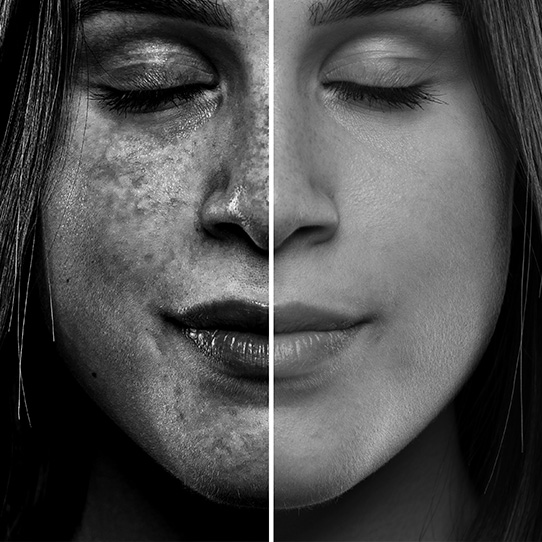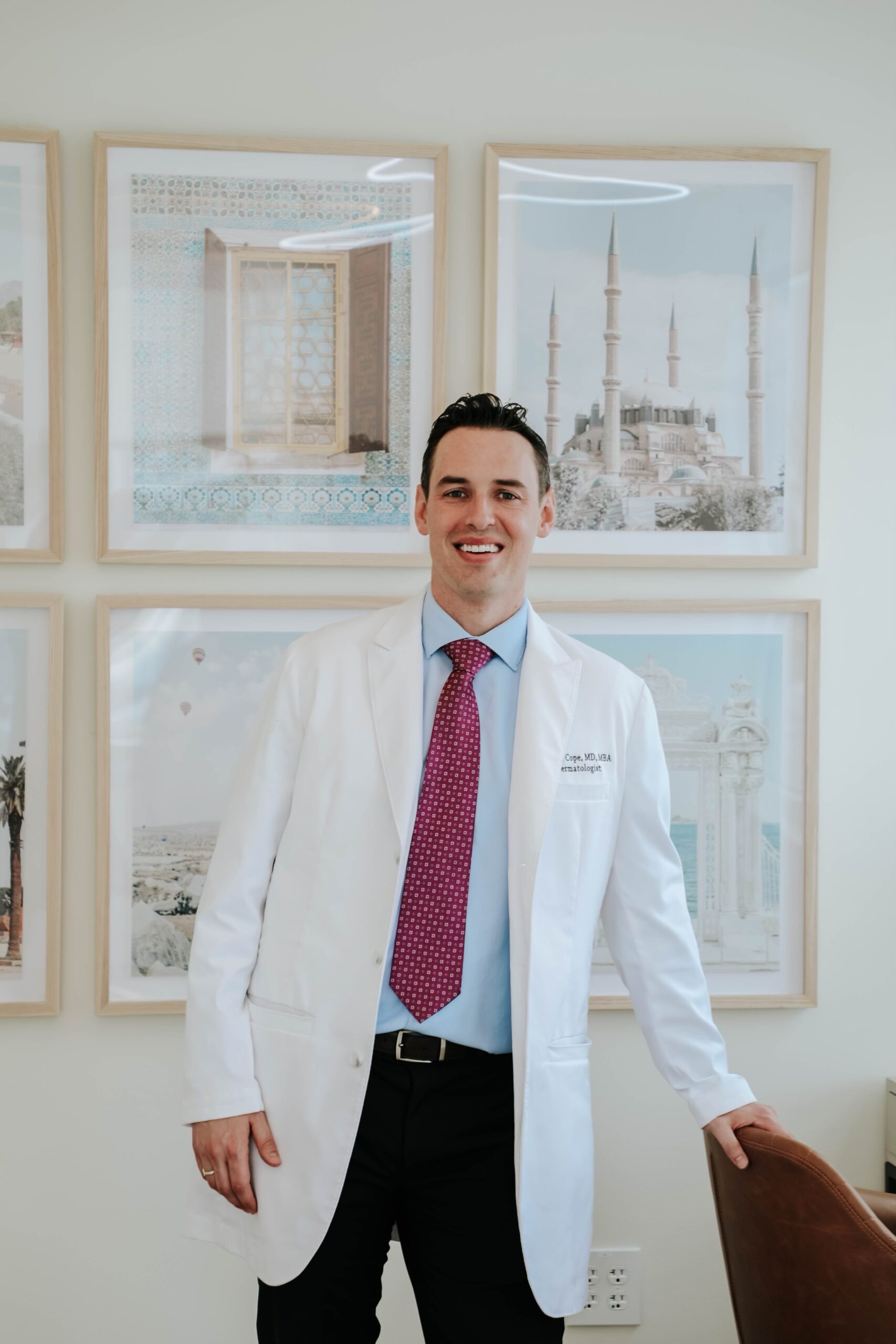Quick Links

Skin cancer can be deadly when left untreated. At Cope Cosmetic Dermatology, our team can remove precancers and ensure your skin stays healthy for the long term.
What is a Precancerous Skin Growth?
Many skin growths are not dangerous, but some can develop into skin cancer. Some growths on the skin are a “red flag” because they can develop into squamous cell carcinomas, a type of skin cancer. These growths are called precancers, meaning they’re not yet cancerous but need to be removed promptly. Once a growth develops into cancer and goes untreated, it becomes increasingly fatal.
Types of Precancerous Growths
The main type of precancerous growth is called actinic keratoses, or solar keratoses. They can look harmless and may feel like a small, rough bump on the skin. It may be scaly or itchy and look like a small sore that is light, pink, or reddish. They tend to emerge on areas of the skin that commonly experience sun damage like the face, neck, hands, shoulders, or arms. And most importantly, they do not go away over time.
What Causes Precancerous Growths?
UV exposure causes precancerous growths, whether from the sun or tanning beds. Over time, UV exposure damages the skin cells and causes them to reproduce out of control. The result is a growth that spreads cancer to the rest of the body if untreated. Some people are more likely to get actinic keratoses if they tan or spend a lot of time in the sun – older adults are more likely to get them, too. Additionally, people who have weakened immune systems or conditions which make them more sensitive to UV rays can be more likely to get actinic keratoses.

SUNPROOF: A PRACTICAL GUIDE FOR SUN-DAMAGED SKIN
How to Maximize Prevention and Repair the Damage
Dr. Cope is the author of Sun Proof: A Practical Guide for Sun-Damaged Skin. How to Maximize Prevention and Repair the Damage. In it, Dr. Cope details easy and accessible steps for improving your skin and reversing the harmful effects of sun exposure. Using the latest and most scientifically-backed studies on sun damage, Dr. Cope has created a guide to achieving healthier, more radiant skin with the best tips, tricks, and tools available.
DOWNLOAD DR. COPE’S FREE EBOOKWhat Are My Treatment Options for Precancerous Growths?
There are a few different ways that your dermatologist can remove actinic keratoses. These include:
- Cryosurgery
- Peels and Exfoliators
Fortunately, actinic keratoses are easy to remove with the right treatment options. They may come back, however, so it’s important to see your dermatologist regularly for a professional skin check.
Maintaining Healthy Skin with Precancerous Growths
It’s extremely important to ensure that precancerous growths don’t reemerge. You can protect your skin from cancer by wearing SPF 30+ daily, applying at least 15 minutes ahead of going outside. Additionally, seek shade or go inside during the middle part of the day. Make sure to also wear a wide-brimmed hat, sunglasses, and SPF lip balm. Finally, stop tanning immediately if you do so.
By seeing your dermatologist yearly for a medical skin exam, you can catch any precancerous growths and treat them before they become dangerous.

DR. AUSTIN COPE, MD, MBA
Dr. Austin Cope is a Utah native as well as a highly educated and well-trained cosmetic dermatologist. At Cope Cosmetic Dermatology, our team is here to help you look and feel your best.
SCHEDULE AN APPOINTMENT
Dr. Cope can help you achieve a new level of confidence with aesthetic experience and a laid-back approach. To learn more, contact us through our online form or give us a call.
385-273-1007 SCHEDULE

